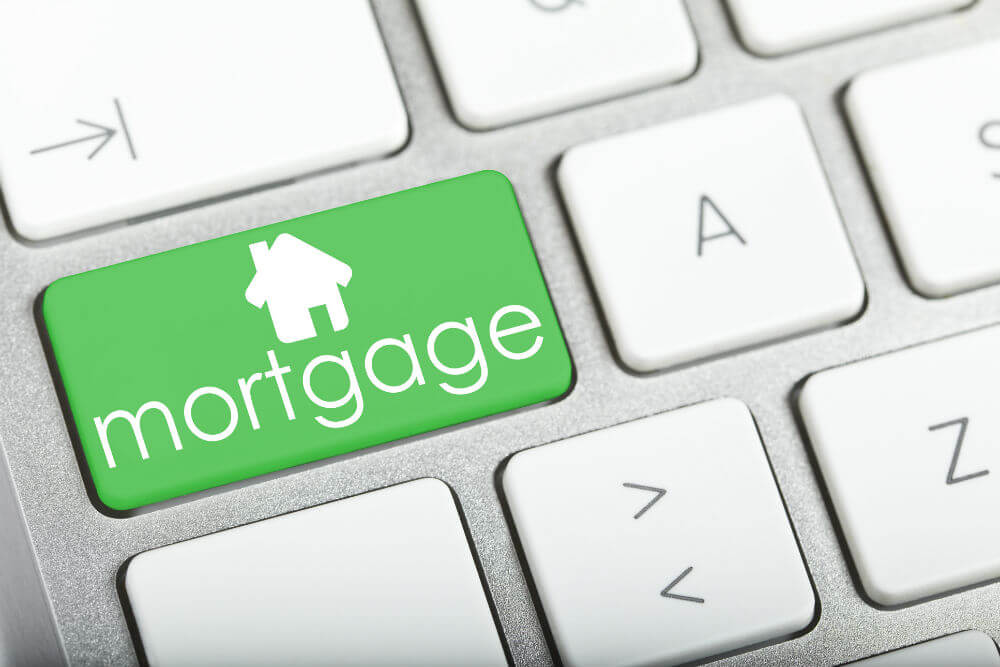Understanding various types of mortgages
Pick the right type of mortgage to suit your needs
Advertisement
Pick the right type of mortgage to suit your needs

If you’re considering buying your first home, or cottage, or other type of property then you’re probably in the market for a mortgage. But to do that you’ll need to learn mortgage basics.
A mortgage is a loan you obtain from a bank or other lender that helps you finance your real estate purchase. Any quick Google search of mortgage calculators will bring up thousands of hits that can help you determine what you can afford—but mortgages are more than just math. Mortgages reflect the values we hold, the hopes and fears of the future, as well as our tolerance for risk and uncertainty.
To pick the best mortgage, then, you’ll need to understand your options.
Typically, a mortgage will consist of two parts: the principal sum (the amount borrowed) and interest (the cost of borrowing that money). In general, the best plan is to minimize the amount of interest you pay. However the decision on what mortgage to select has become more complicated over the last decade—interest rates have dropped to historical lows, and mortgage lenders have created and offered a variety of variations to the once-standard types of mortgages.
To help you make a better mortgage decision, here’s a primer on types of mortgage loans:
A bank or lender will offer you a conventional mortgage if you have 20% or more to put down on the property. For example, if you’re buying a house for $350,000 then you’ll need a $70,000 down payment to qualify for a conventional mortgage.
This type of mortgage allows you to borrow more than 80% of a the property’s purchase price (or the appraised value, whichever is less). However, to take advantage of this option you will need to pay for mortgage loan default insurance. This insurance is actually legally required by your lender, but the lender passes on the cost to you. While it’s on a sliding scale—the more you put down, the less fee you’re charged—it’s still not cheap, but it does give potential home-owners that have less than a 20% down payment access to the market. (For a breakdown of what you’d pay go to my prior blog on mortgage loan default insurance.)
In this low-climate rate this type of mortgage isn’t all the prevalent, but there was a time when it was sellers would offer this type of mortgage option as an incentive to buying their home.
A VTB mortgage allows a buyer to purchase a property with the help of the sellers, who lend the buyer a portion of the purchase price. This type of loan can often come with favourable or flexible terms, such as being able to pay off the balance of the loan without penalties.
These types of loans were once quite common when interest rates, and subsequently mortgage rates, were in the double digits—thereby producing a much slower buy and sell housing market. To entice buyers, a seller would offer a VTB with the purchase of their home, often at a slightly lower rate than what was offered in the market.
Since interest (and mortgage) rates are currently history low and markets across Canada are either hot or stable, you won’t find many VTB mortgages, unless the seller needs to entice buyers (such as a poor location, hard to sell property or a property in bad condition).
This type of mortgage allows a buyer to assume the mortgage when they buy the property. Again, popular when mortgage rates were much higher, assumable mortgages enabled buyers to skip all or some of the red tape involved with qualifying for a mortgage.
When a buyer assumes a mortgage, he will continue to make the same monthly payments at the same interest rate as the seller was doing for the remaining term of the mortgage. Once the term is completed, the buyer will need to qualify for a new mortgage.
This type of mortgage was particularly popular when interest rates were rising. A seller may have obtained a five-year fixed mortgage at a rate of 7%, but after two years they decide to sell the home. At this point rates have risen to 10%. With an assumable mortgage, the buyer will continue making mortgage payments using the 7% mortgage rate. They will have this rate for another three years, at which point they will need to renegotiate a new mortgage.
Assumable mortgages also help sellers as they are usually fees to pay when you end or close out a mortgage—anywhere from $200 to $1,500. By getting a buyer to assume a mortgage, you avoid these fees and penalties.
These mortgages are registered against an entire property and are typically restricted to housing co-ops but can sometimes be found on condominiums. With a blanket mortgage, the owners of the units will assume their portion of the mortgage—either by qualifying for their portion of the blanket mortgage (as with a co-op) or by qualifying and obtaining their own mortgage. If the condo developer has obtained a blanket mortgage on the property, they will use the mortgage funds to build the condo and then remove individual portions of that blanket mortgage as each unit is sold.
If you have a portable mortgage you can transfer that mortgage from one property to another without penalty and without having to re-qualify with that lender. Not all lenders offer portable mortgages and there are restrictions, so read the fine print.
Read more from Romana King at Home Owner on Facebook »
Share this article Share on Facebook Share on Twitter Share on Linkedin Share on Reddit Share on Email